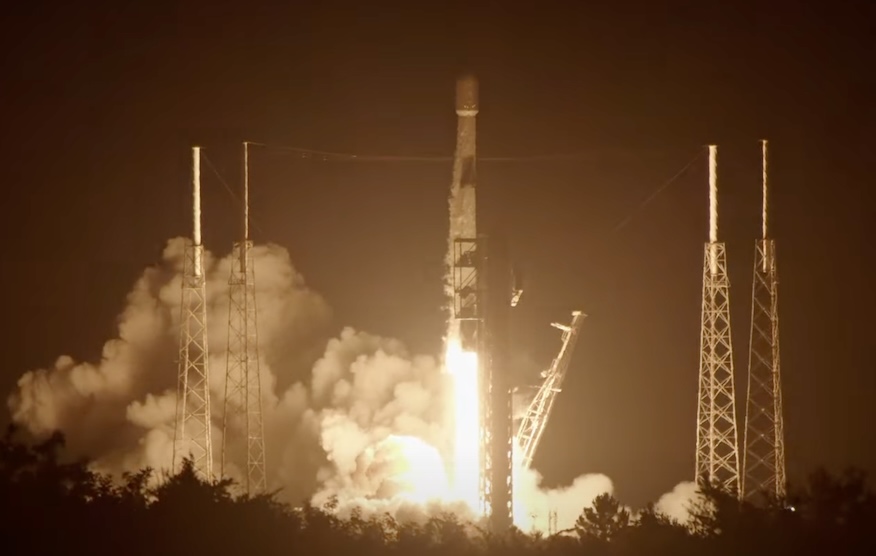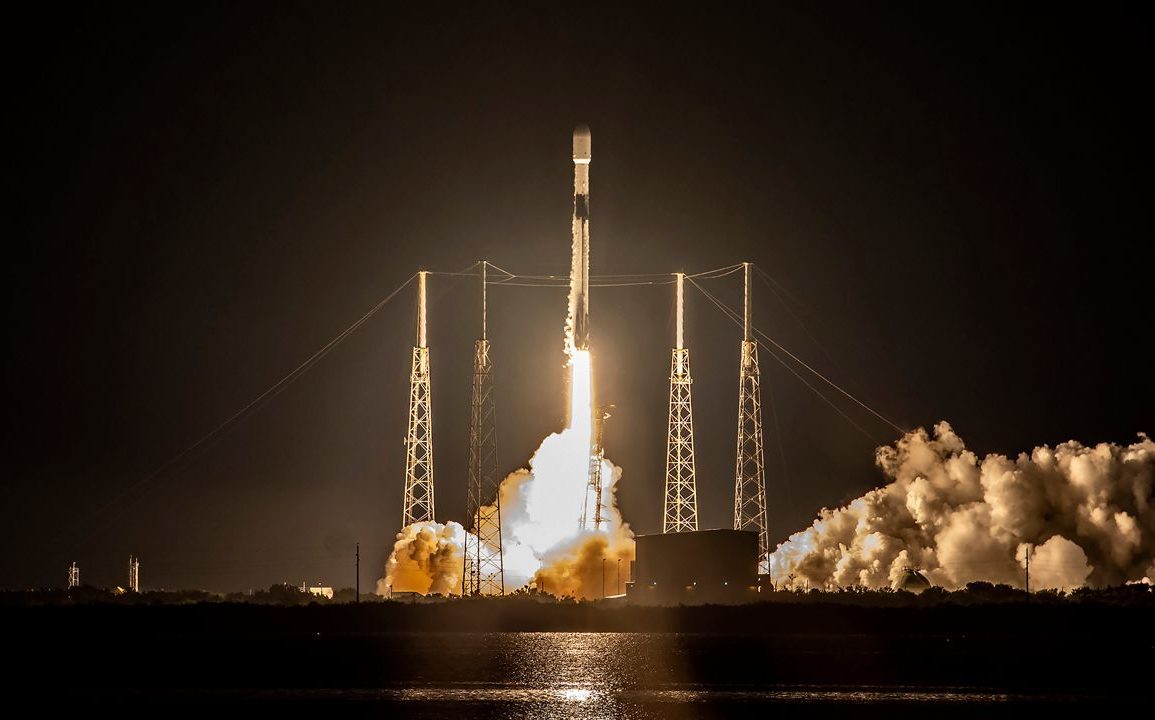SpaceX’s Starlink mission is set to launch from Cape Canaveral Space Force Station, with the Falcon 9 rocket scheduled to lift off at 8:50 a.m. EDT. This launch was initially delayed due to unfavorable booster recovery conditions but is now proceeding as planned.
The first stage of the Falcon 9 is expected to land on the SpaceX drone ship “Just Read the Instructions” in the Atlantic Ocean. Additionally, another Falcon 9 launch for the Starlink 10-7 mission was planned but has been rescheduled for the following day.
As the countdown to launch continued, the weather over Cape Canaveral remained clear, with a high probability of favorable conditions. The National Weather Service radar confirmed clear skies, and SpaceX’s preparations were on track, with rocket fueling well underway. The webcast for the launch began on SpaceX’s X (formerly Twitter) account, where viewers could follow the final moments leading up to liftoff.

At 8:50 a.m., the Falcon 9 successfully launched, carrying 21 Starlink satellites into orbit. Just minutes later, the first-stage booster completed its 21st mission by landing on the drone ship in the Atlantic Ocean. This booster had previously supported several significant missions, including crewed missions and numerous Starlink deployments.
Leading up to the launch, SpaceX had a detailed countdown sequence, with critical milestones such as engine chill and final prelaunch checks occurring in the minutes before liftoff. The timeline also included key moments like propellant loading and engine ignition, all of which went smoothly, ensuring a successful launch.
The Space Force’s 45th Weather Squadron provided a favorable forecast, with a 90% chance of good weather at the start of the launch window, slightly decreasing later in the morning. The primary weather concern was potential cumulus cloud formation, but overall conditions were deemed suitable for the launch, which proceeded without further delays.

